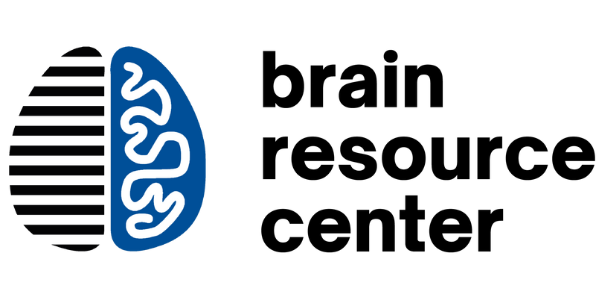Obsessive-Compulsive Disorder (OCD) Neurofeedback Research
-
Ferreri, F., Bourla, A., Peretti, C. S., Segawa, T., Jaafari, N., & Mouchabac, S. (2019). How New Technologies Can Improve Prediction, Assessment, and Intervention in Obsessive-Compulsive Disorder (e-OCD): Review. JMIR mental health, 6(12), e11643.
-
Ferreira, S., Pêgo, J. M., & Morgado, P. (2019). The efficacy of biofeedback approaches for obsessive-compulsive and related disorders: A systematic review and meta-analysis. Psychiatry research, 272, 237–245.
-
Ghasemzadeh, S., Mohajerani, M., Nooripour, R., & Afzali, L. (2018). Effectiveness of neurofeedback on aggression and obsessive-compulsive symptoms among children with attention deficit-hyperactivity disorder. Quarterly Journal of Child Mental Health, 5(1), 3-14.
-
Hammond, D. C. (2003). QEEG-guided neurofeedback in the treatment of obsessive compulsive disorder. Journal of Neurotherapy, 7(2), 25-52.
-
Scheinost, D., Stoica, T., Wasylink, S., Gruner, P., Saksa, J., Pittenger, C., & Hampson, M. (2014). Resting state functional connectivity predicts neurofeedback response. Frontiers in behavioral neuroscience, 8, 338.
-
Zafarmand, M., Farahmand, Z., & Otared, N. (2022). A Systematic Literature Review and Meta-analysis on Effectiveness of Neurofeedback for Obsessive-Compulsive Disorder. Neurocase, 28(1), 29-36.
